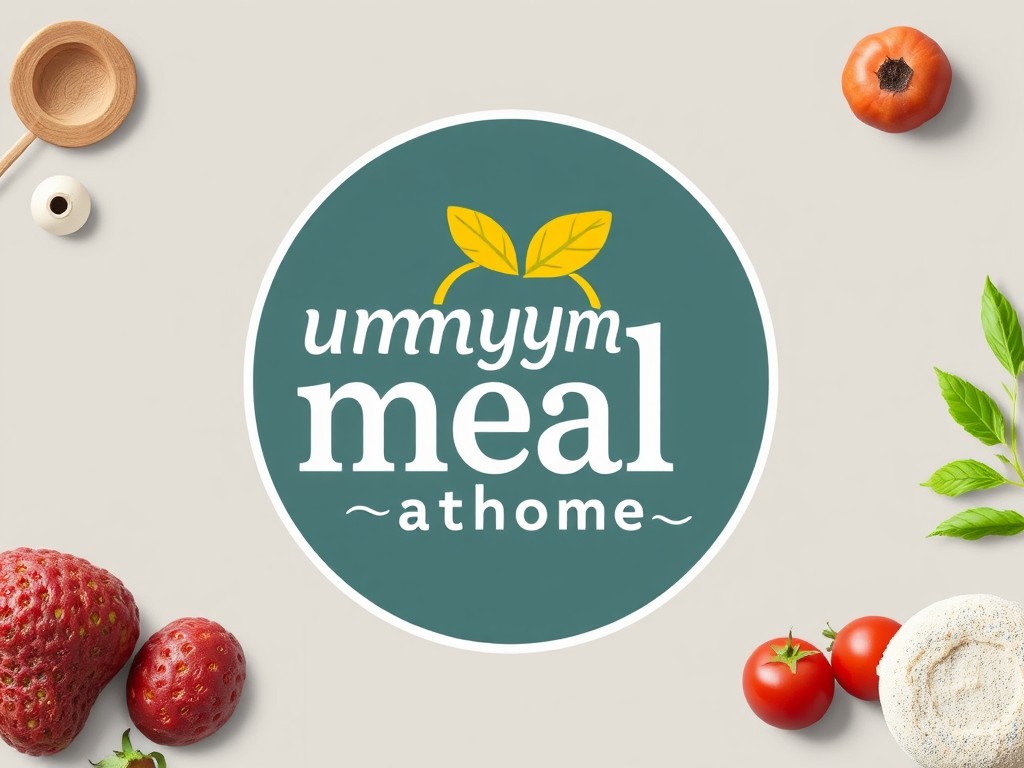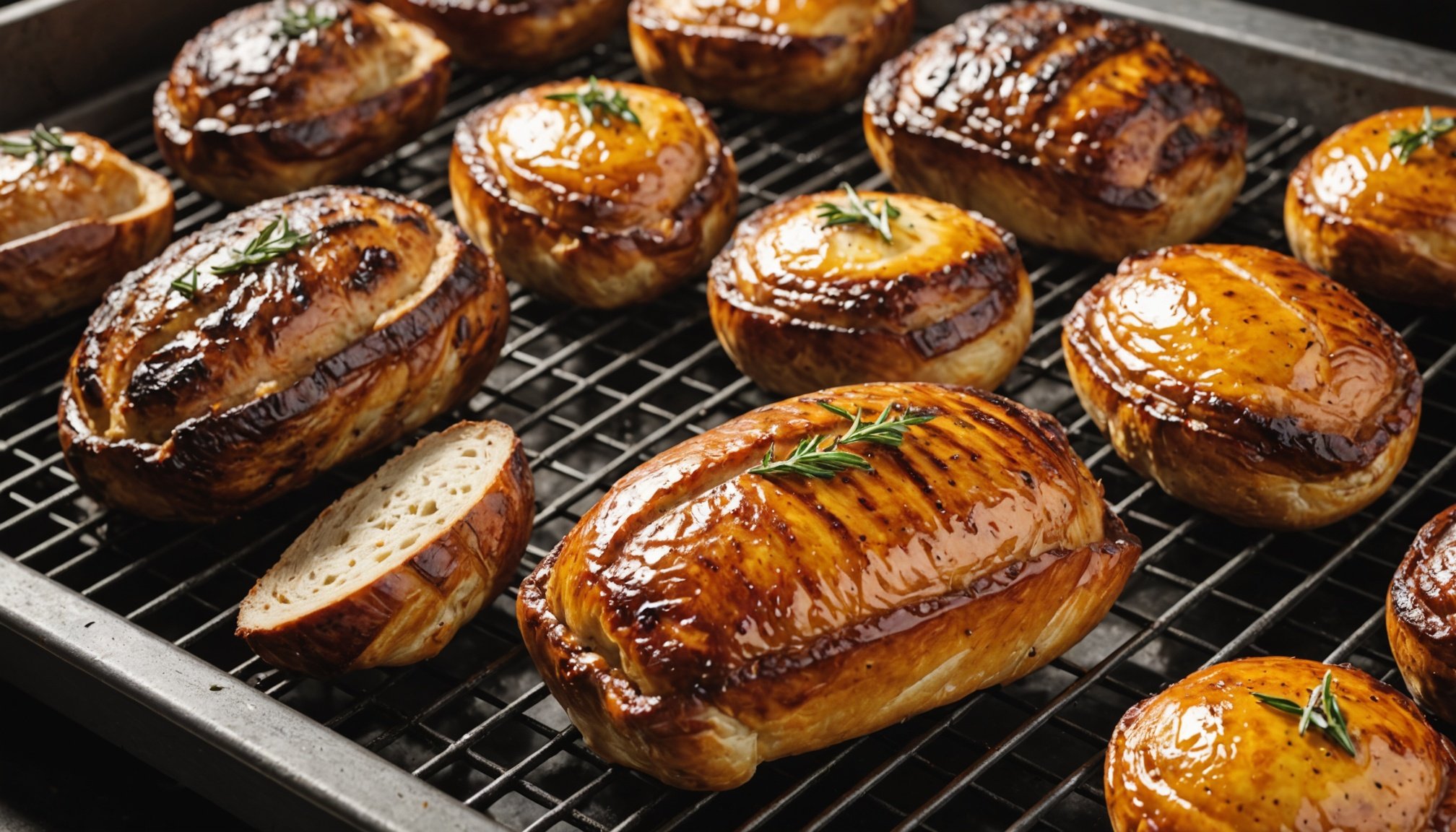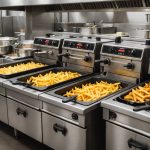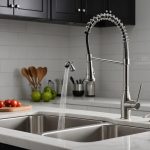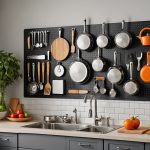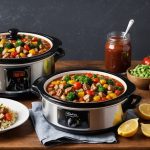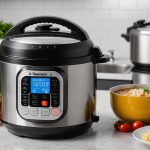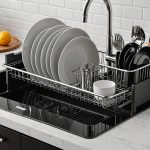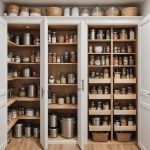Understanding Roasting Racks
Roasting racks play a critical role in achieving a perfectly cooked roast by allowing better air circulation and ensuring even cooking. There are several types of roasting racks available to cater to varying cooking needs.
Flat roasting racks are perhaps the most common. These racks facilitate even heat distribution, which is paramount for uniform cooking. They work best for small to medium-sized cuts of meat or vegetables.
This might interest you : Mastering healthy delights: creating irresistibly tasty low-fat slow cooker recipes!
V-shaped roasting racks, in contrast, are designed for larger pieces of meat. The V-shape cradles the meat, keeping it stable while allowing juices and fats to drain away. This method enhances the flavour without making the roast feel greasy.
Multi-purpose racks offer versatility, adaptable for baking, grilling, and roasting. Their design caters to cooks who appreciate the flexibility in their kitchen gadgets.
This might interest you : Ultimate guide to selecting a durable and easy-to-clean pull-down sprayer kitchen faucet
Material choice significantly influences roasting rack performance. Stainless steel is popular for its durability and ease of cleaning. However, non-stick options are also prevalent, reducing the need for additional oils or sprays, which makes post-cooking cleanup straightforward. Choosing the right material ensures longevity and efficacy in maintaining the roast’s integrity. Understanding the benefits and types of roasting racks empowers you to improve your culinary creations effortlessly.
Features of an Ideal Roasting Rack
When seeking the ideal roasting rack, understanding its essential features is crucial to enhancing your cooking experience. At the core of these features are stability and heat resistance. A stable roasting rack ensures that your dish remains secure while cooking, reducing spills and uneven cooking. Heat resistance is equally important as it withstands high temperatures without warping, maintaining the integrity of your meal.
Moreover, the design of a roasting rack directly influences cooking performance and cleanup efficiency. A well-designed rack allows for optimal heat circulation around the food, ensuring even cooking. This design helps sear the meat perfectly and preserves juiciness, enhancing the overall flavour profile. Additionally, a rack with non-stick or smooth surfaces can significantly ease the cleanup process, saving time and effort especially after handling greasy substances.
Another critical factor is the impact of size and compatibility with roasting pans. The rack must fit snugly within the pan to prevent movement during cooking. It should also be compatible with various pan sizes to accommodate different meal portions and occasions. In conclusion, evaluating these features ensures your roasting rack not only enhances your cooking performance but also blends seamlessly with your culinary needs.
Material Choices for Roasting Racks
When choosing a roasting rack, the material is a vital factor to consider. Different materials offer unique benefits, affecting performance and maintenance.
Stainless Steel Roasting Racks
Stainless steel is a popular choice due to its excellent durability and versatility. It resists rust and corrosion, ensuring a long-lasting product. Additionally, a stainless steel roasting rack can withstand high temperatures, making it ideal for various cooking methods. Its rigid construction also provides a stable support for heavier meats, ensuring even cooking.
Non-Stick Roasting Racks
A non-stick roasting rack is a great option for those who prioritize easy cleanup. The non-stick coating helps prevent food from sticking, which simplifies cleaning. This type of roasting rack is particularly useful when cooking delicate foods that might adhere to the surface. However, users should be cautious about scratching the coating, as this can affect performance and longevity.
Cast Iron and Other Materials
Cast iron roasting racks are known for retaining and distributing heat evenly. While they may be heavier than stainless steel or non-stick options, their ability to maintain consistent temperatures is beneficial for certain recipes. Other materials, such as copper or aluminium, offer unique properties, but often require special care or maintenance to ensure their longevity. Each material presents its own benefits, and choosing the right one depends on individual cooking preferences and needs.
Maintenance and Care for Roasting Racks
Proper roasting rack maintenance is crucial to ensure both hygiene and longevity. Regular cleaning plays a significant part in this process, and knowing how to care for different types of racks can make your equipment last longer.
Cleaning Tips
Start by understanding the material of your roasting rack – whether it’s stainless steel or non-stick. Cleaning tips vary based on this. For stainless steel, soak the rack in warm soapy water, then scrub using a non-abrasive brush to avoid scratches. For non-stick surfaces, use softer sponges to prevent peeling. It’s paramount to rinse thoroughly and dry completely before storing to avoid rust.
Strategies to Enhance Longevity
To extend the lifespan of your racks, avoid using harsh chemicals or steel wool. Instead, opt for baking soda or vinegar solutions, which are gentler yet effective. Prevent corrosion by ensuring racks are dry before storage, and avoid stacking heavy objects on top.
Storing Roasting Racks
Store your roasting racks in a dry place with good ventilation to prevent warping. If storage space is tight, consider stacking racks vertically and using gentle separators to avoid contact. Keeping these maintenance strategies in mind will ensure your roasting racks stay in optimal condition for future use.
Maximizing Cooking Results with Roasting Racks
Roasting techniques are integral to enhancing your culinary outcomes. To ensure even cooking, proper positioning and timing are crucial when using roasting racks. Always position your meat or vegetables so heat can circulate underneath. This helps distribute heat evenly, preventing any soggy or undercooked spots. Additionally, adjust the timing according to the size and type of meat to prevent it from drying out.
For those seeking perfect, crispy skin on poultry or pork, consider using high heat towards the end of cooking. Initially, cook at a lower temperature to ensure the meat cooks through. Then, increase the temperature in the final 10-15 minutes to crisp the outer layer. This method not only achieves crispy skin but also retains the juiciness of the meat within.
Basting and seasoning are also key elements when utilizing roasting racks. Regularly basting your roast maintains moisture, while the importance of seasoning cannot be overstated. A well-seasoned roast enhances the flavour of the meat without overpowering it.
In summary, incorporate these cooking tips to elevate your roasting results. With the right techniques, you can achieve deliciously crispy skin and succulent, evenly cooked meats that are sure to impress your guests.
Expert Recommendations and User Reviews
When seeking the best roasting racks, it’s crucial to consider both expert advice and user experiences. Experts often highlight racks that excel in durability and efficient heat distribution, recommending stainless steel for its longevity and ease of cleaning. High-rated products frequently mentioned by experts include those with non-stick properties and adjustable sizes to accommodate various roasting tasks.
User experiences add valuable insights, often emphasising practical aspects. Many users praise racks with easy handling and storage. While some express satisfaction with their racks’ heat distribution, making sure food cooks evenly, a common complaint is about racks that are difficult to clean or prone to rust.
Recommendations for Cooking Styles
For slow roasting, experts recommend racks that are sturdy and elevated, allowing sufficient airflow and even cooking over extended periods. Stainless steel is often favored here for its heat retention properties. For high-heat roasting, racks that are durable and resistant to warping are preferred. Experts suggest those made with thick gauges to withstand high temperatures without deforming.
Overall, for anyone looking to enhance their cooking experience, it’s beneficial to consider both expert advice and user reviews. This dual perspective ensures that not only is the rack of professional quality, but it also meets real-world expectations and performance needs in various roasting styles.
FAQs About Roasting Racks
When it comes to the art of roasting, many passionate cooks have diverse roasting rack questions. Understanding how to use these tools optimally can truly elevate your culinary efforts.
What is the primary purpose of a roasting rack?
A roasting rack serves to lift food off the base of a pan. This allows heat to circulate around the cooking item, ensuring even cooking and preventing the food from sitting in its juices, which can lead to sogginess. The elevated position also promotes browning and crispiness.
How can you prevent food from sticking to the roasting rack?
A common troubleshooting inquiry involves food adhesion to roasting racks. To prevent sticking, apply a light coat of cooking spray or oil before placing food on the rack. Moreover, ensuring the food is properly prepped with a minimal moisture surface will also aid in seamless movement.
Are there alternatives for a roasting rack if one is not available?
Indeed, if you find yourself without a roaster, consider a DIY approach. Using vegetables like carrots as a makeshift support system can hold your roast, adding both structure and flavour. Alternatively, a coil of aluminium foil can mimic the structure of a rack.
For more in-depth roasting techniques, you might explore culinary books or online cooking platforms that dive into varied methods and tools.
